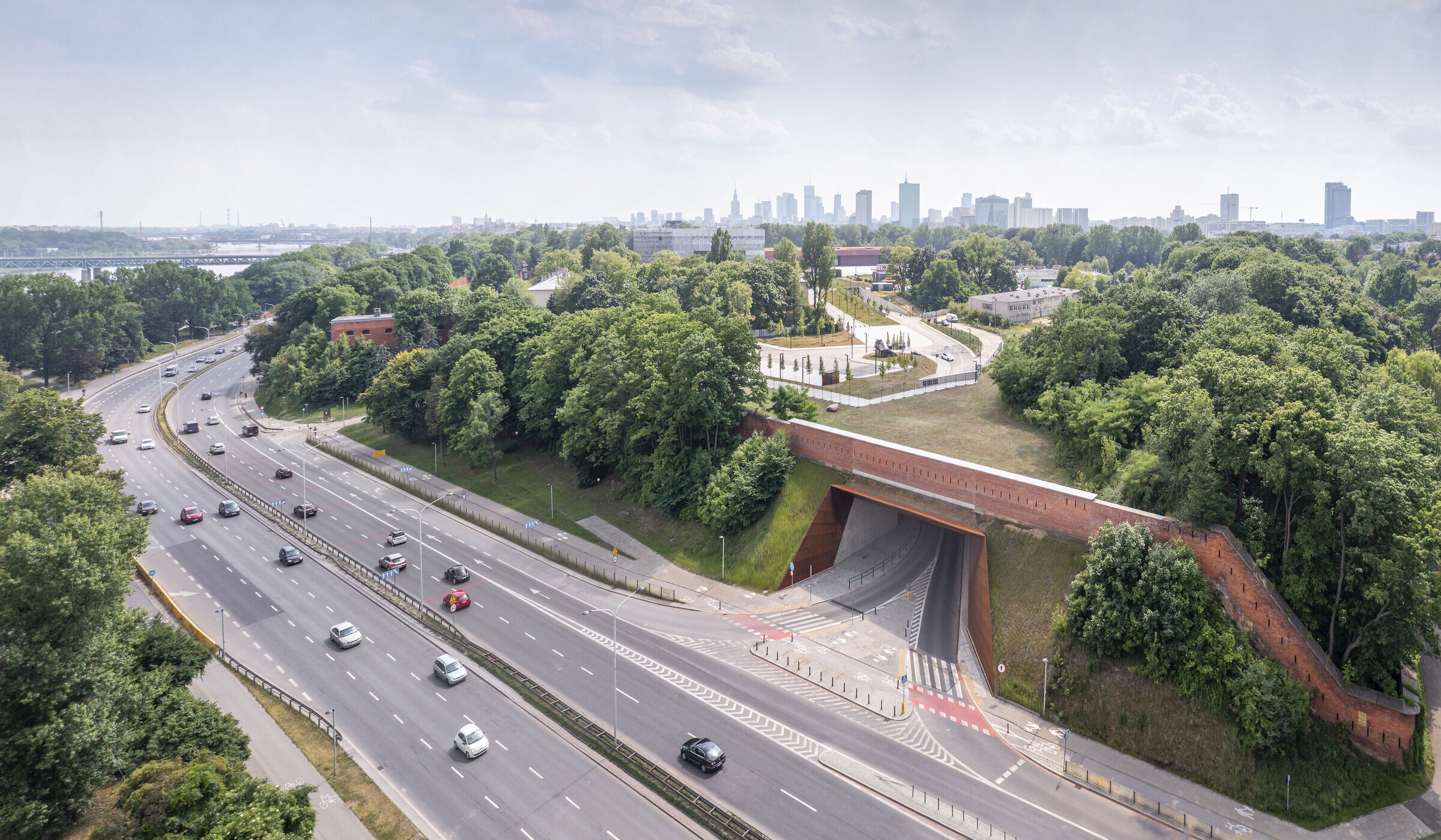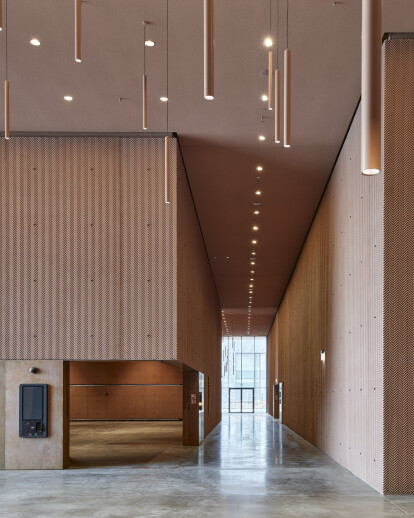One of the largest museum complexes in Europe is emerging in Warsaw
Although the Polish Army Museum was established back in 1920 by a decree of Marshall Józef Piłsudski, the institution never had its own headquarters where it could present its unique collection, now amounting to over 300,000 exhibits. Today, after more than 100 years of existence, the museum can finally invite the public to its modern headquarters, which also includes a permanent exhibition as well as a hall for temporary exhibitions and cultural events. The new building was designed by the WXCA Architectural Design Studio.
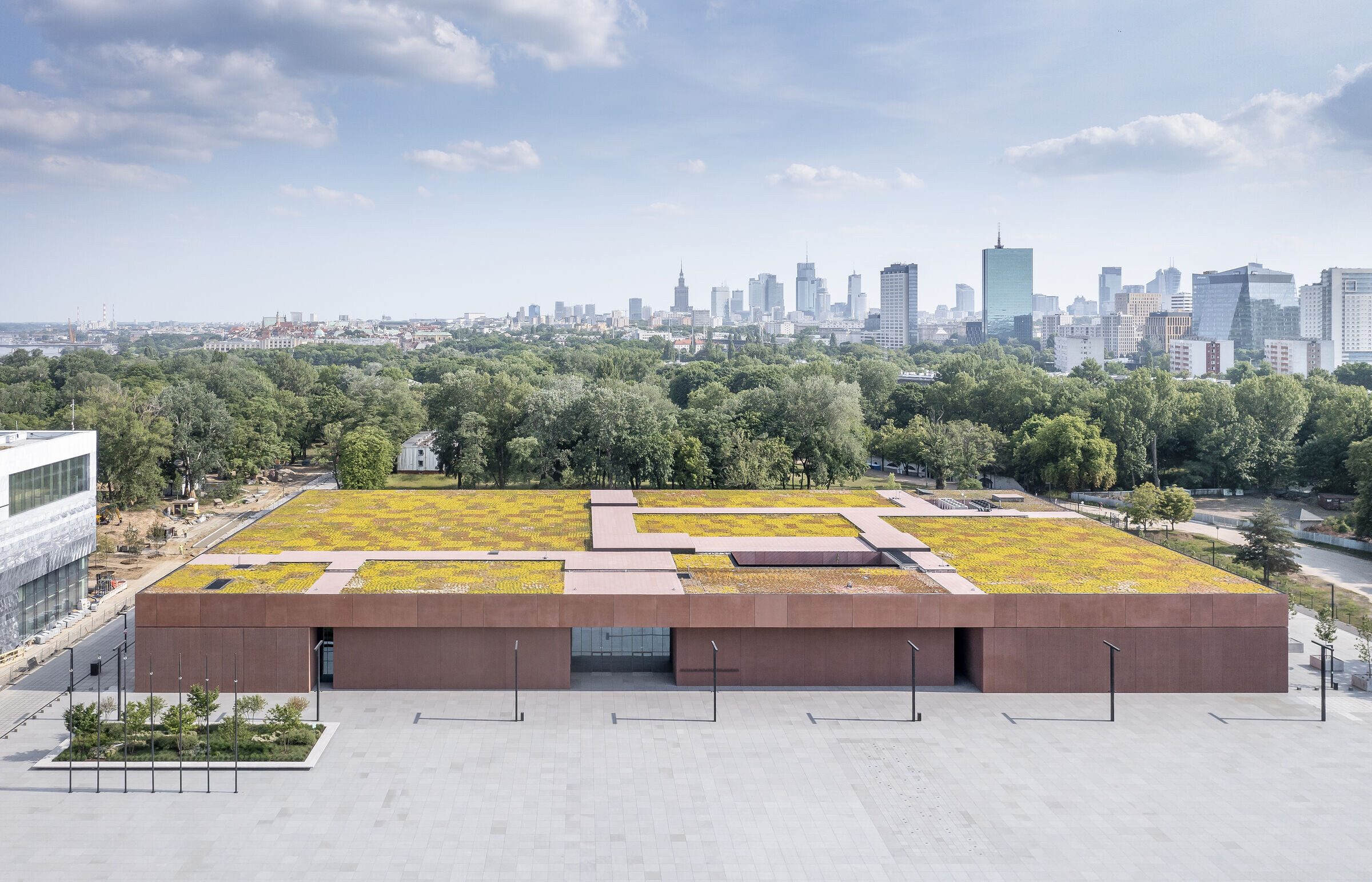
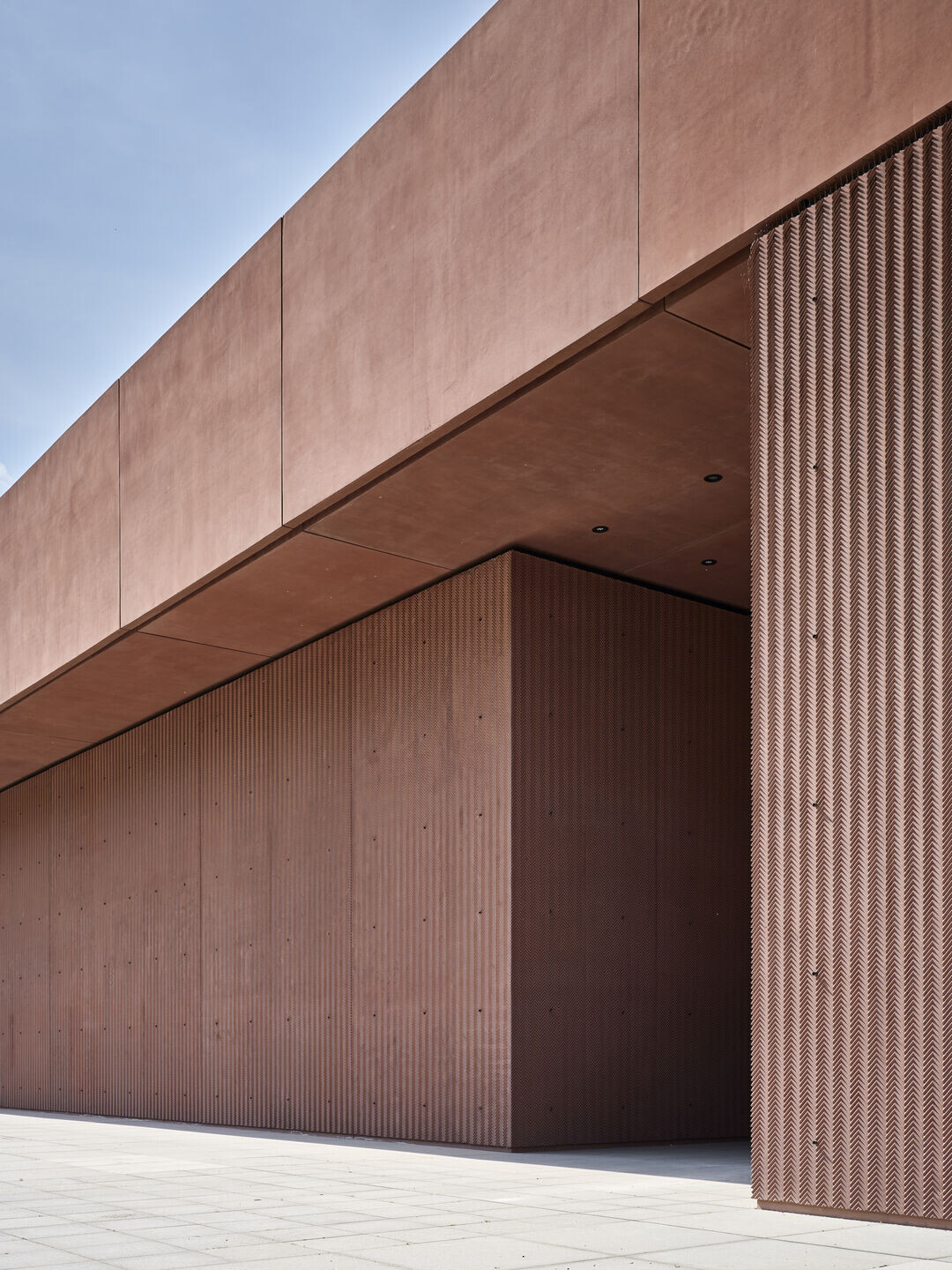
Warsaw Citadel handed back to the City
The WXCA Architectural Design Studio won the international architecture and urban design competition for the new headquarters of the Polish Army Museum at the Warsaw Citadel in 2009. One of the aspects for which the concept of the WXCA architects was awarded included reaching back to the history of the place before the erection of the tsarist fortifications. The authors proposed an urban layout that draws from the 18th century spatial composition of the Polish Royal Foot Guard barracks and centrally positioned square.
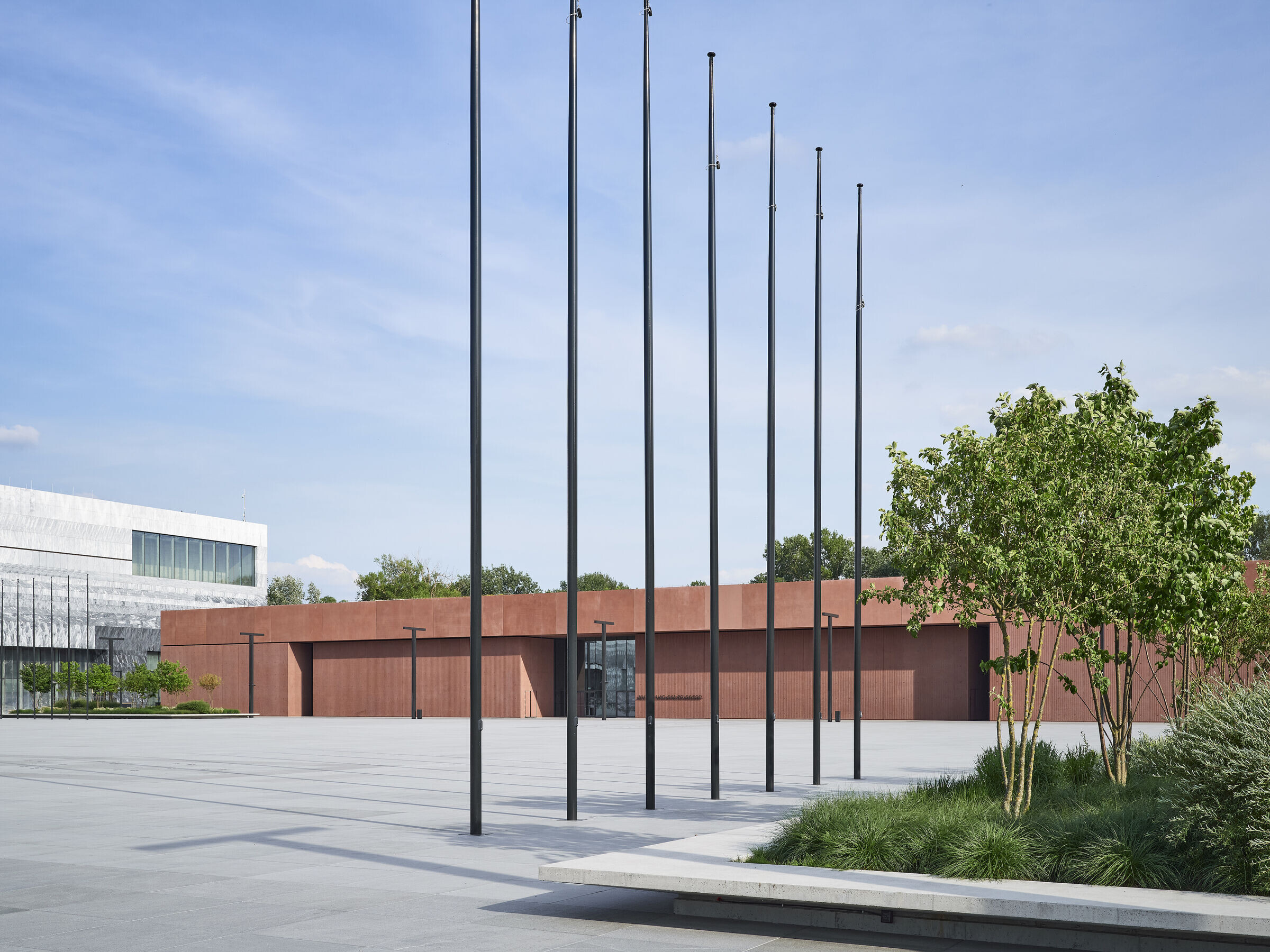
It is boxed in on both sides by the North and South Buildings of the Polish Army Museum and between two wings of the headquarters of the Polish History Museum. The representative complex that was based on the competition concept, along with the X Pavilion of the Warsaw Citadel and the Katyń Museum already located on site of the historic fortress, will together form one of the largest and most modern museum complexes in Europe. This complex will be a place of remembrance and cultural goods and also – perhaps first and foremost – a place of everyday activities of Warsaw’s residents. This is because over 30 hectares of expansive greenery that were so far closed off behind a brick wall will also be made available to Varsovians together with the 19th century fortification.

Battle Array Building Layout
The WXCA architects also alluded to motives of military symbolics in their concept, which was expressed by a geometric, disciplined form of structures of the Polish Army Museum and their compact organisation from two sides of the square of the Polish Royal Foot Guards. The South Building was the first to be completed. Its architectural expression is defined by physical and visual properties of the applied materials and the method of working them.
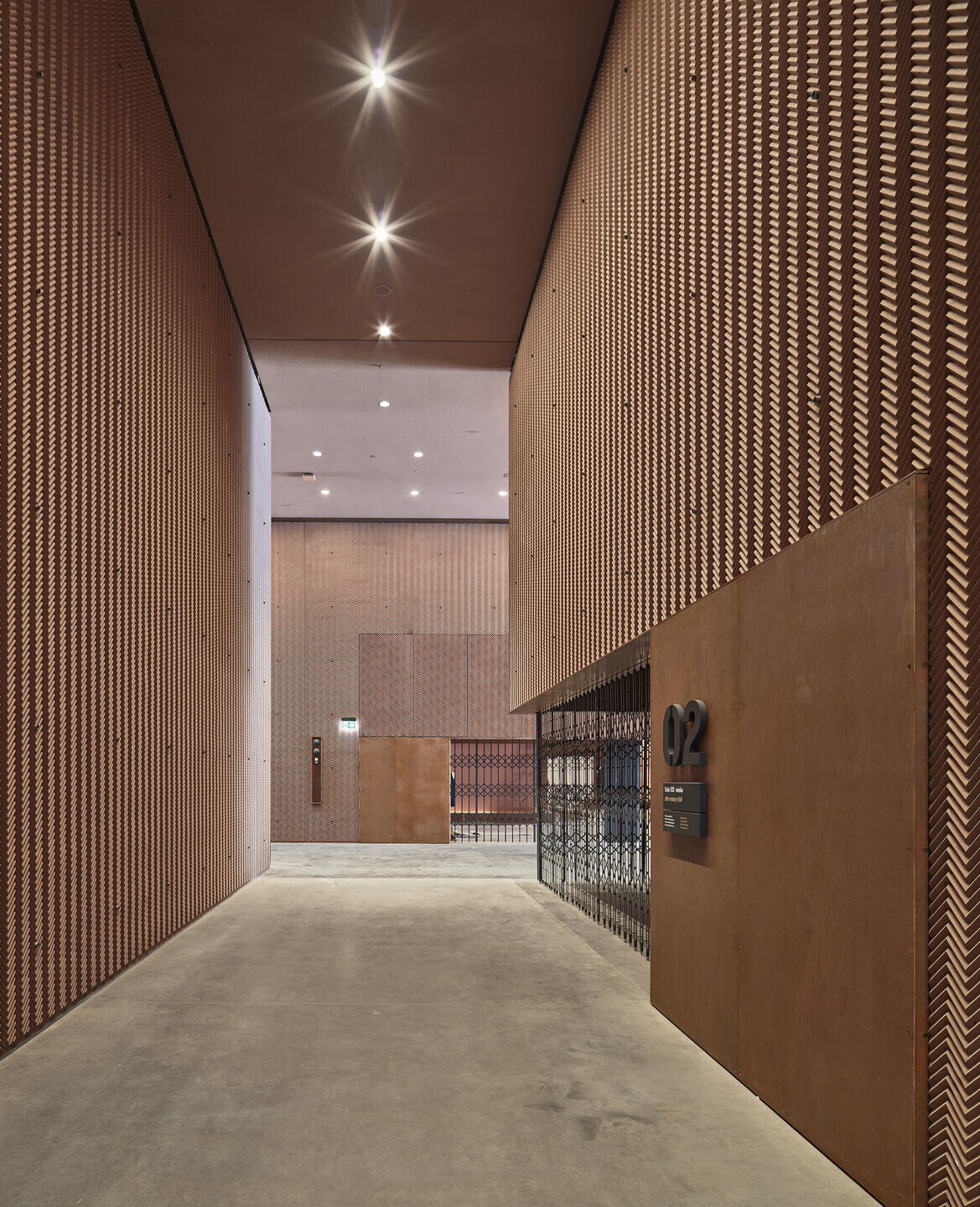
The architects decided to use coloured architectural concrete that refers to the brick walls of the Warsaw Citadel. The designers broke up the monumentality of the structure by a specially designed pattern that was imprinted on the surface of the massive blocks. This chevron pattern was intended to subtly invoke military motives. Its spatial form was conceived as a surface for the sculptural interplay of light and shadows that change depending on the time of day, thus, transforming the overall perception of the building. The size of a single module of the ornament was designed by the WXCA architects with reference to a human scale, specifically, that of a human hand, which results in a gradation of the aesthetic experience – when approaching the monumental, rigorous body of the building it is the façade detail that first comes to the fore.
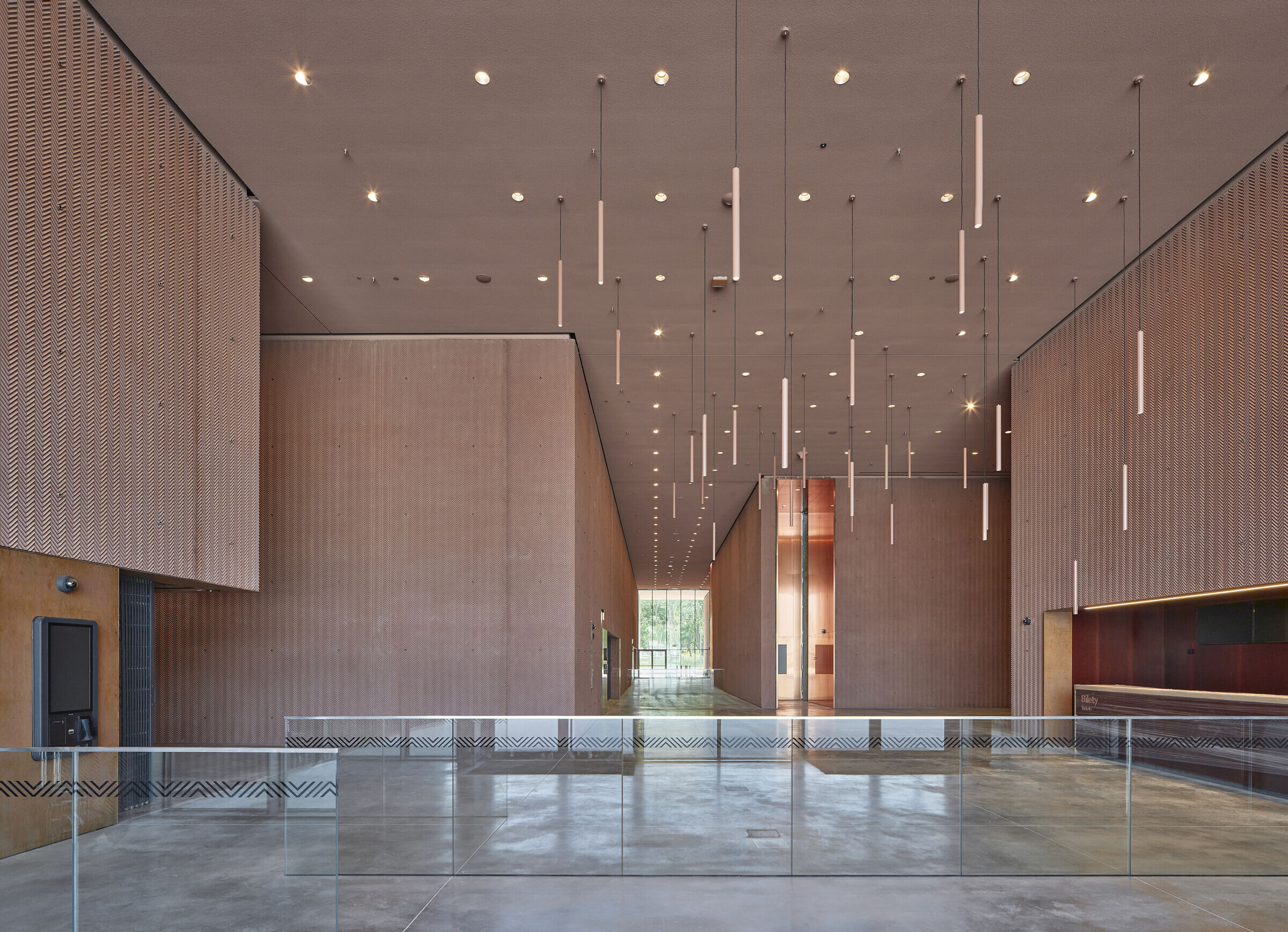
The South Building of the Polish Army Museum comprises eight functional blocks. Four of them are intended to house the permanent exhibition. The three largest blocks are dedicated to the history of Polish Arms, from the beginnings of Poland’s statehood right up to the end of the Second World War. The fourth is devoted to the oriental weaponry collection. The fifth block, considered the heart of the museum, houses the Temporary Exhibition Hall – a space meant for special events and commemorative exhibitions.

The variability of this hall will be a reason to keep returning to the Polish Army Museum. Close to 6,000 m2 of exhibition space will be complemented by three blocks: one for visitor services and facilities including office and administrative facilities, an audiovisual block with a capacity of up to 100 people, and a warehouse and technical office block. The interiors rely on the spatial tensions between specific building bodies and the spaces between them. As a whole, it was designed as a minimalist background for the presented exposition.
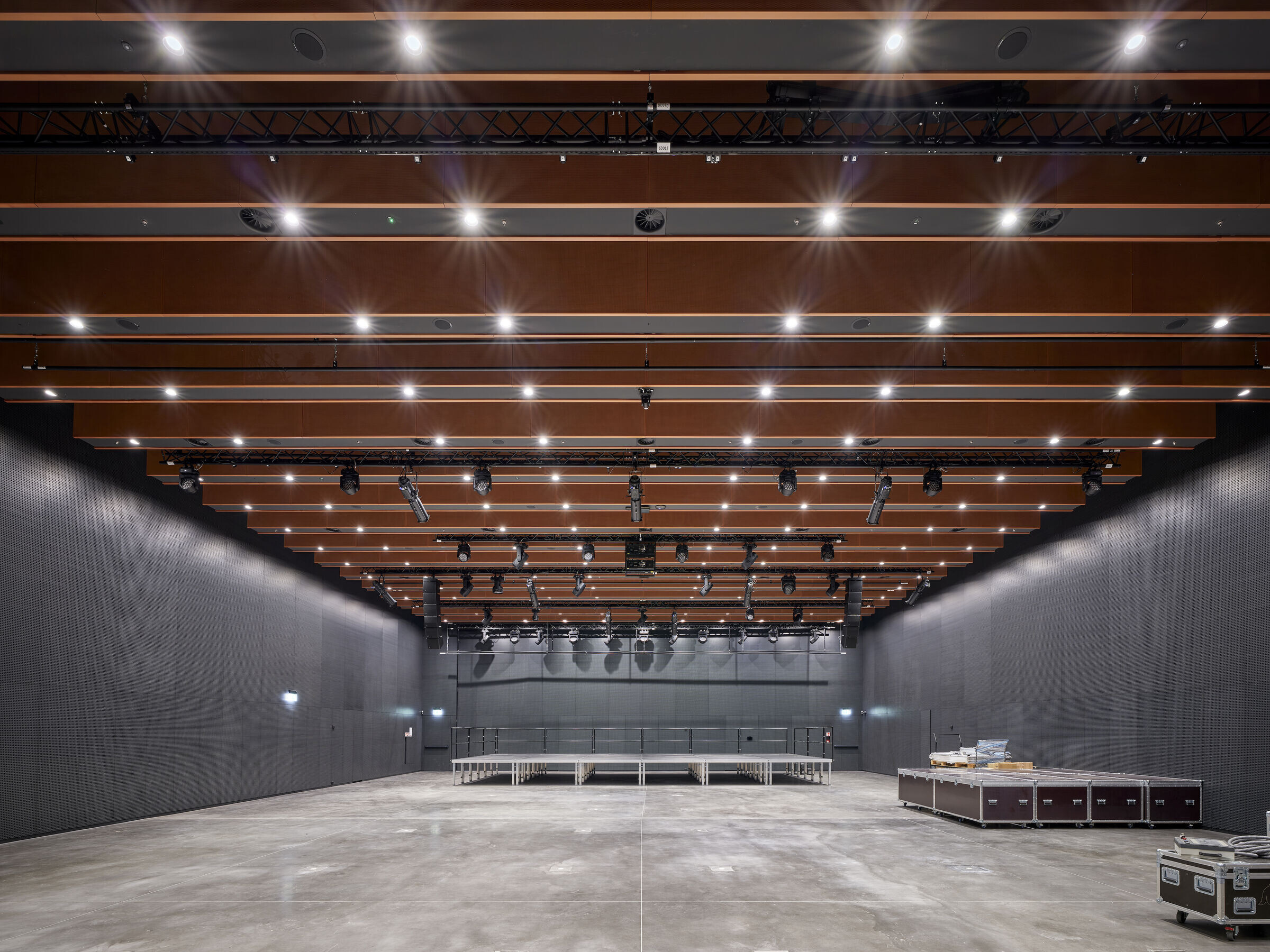
“There are glass façades between the functional block bodies that blur the boundaries between the interiors and the exteriors. The Museum corresponds with the park also in other ways, as there will be outdoor exhibition spaces among the green areas and some of the Warsaw Citadel historic buildings will be adapted to house visitor services and facilities. We treated the architectural structures of the entire complex and park space as an indissoluble whole. This is exactly what we mean by the term “museum park”, which challenges and goes beyond traditional thinking about museum space,” heralds architect Paweł Wolanin.

The North Building of the Polish Army Museum will be completed on the second stage of the development. Both buildings will constitute the central elements of the emerging museum complex in Warsaw – the Citadel of Museums, which also comprises the Polish History Museum headquarters. It will be one of the largest and most modern museum complexes in today’s Europe.


Team:
Architects: WXCA
Polish Army Museum Project authors: Szczepan Wroński, Marta Sękulska Wrońska, Paweł Grodzicki, Krzysztof Budzisz, Paweł Wolanin, Krystian Tomczyk, Katarzyna Billik, Ewelina Szeląg, Anna Dobek, Kajetan Szostok, Małgorzata Gilarska, Michał Grabowski, Barbara Płonczyńska, Marcin Jurusik, Marcin Bieńka, Adrianna Nowak, Małgorzata Dębowska, Andrzej Bulanda
Photographer: Marcin Czechowicz
